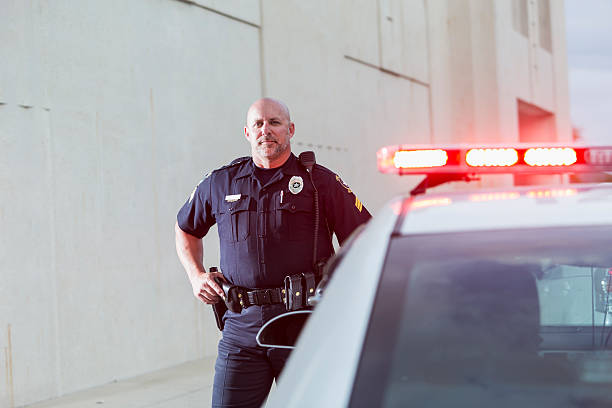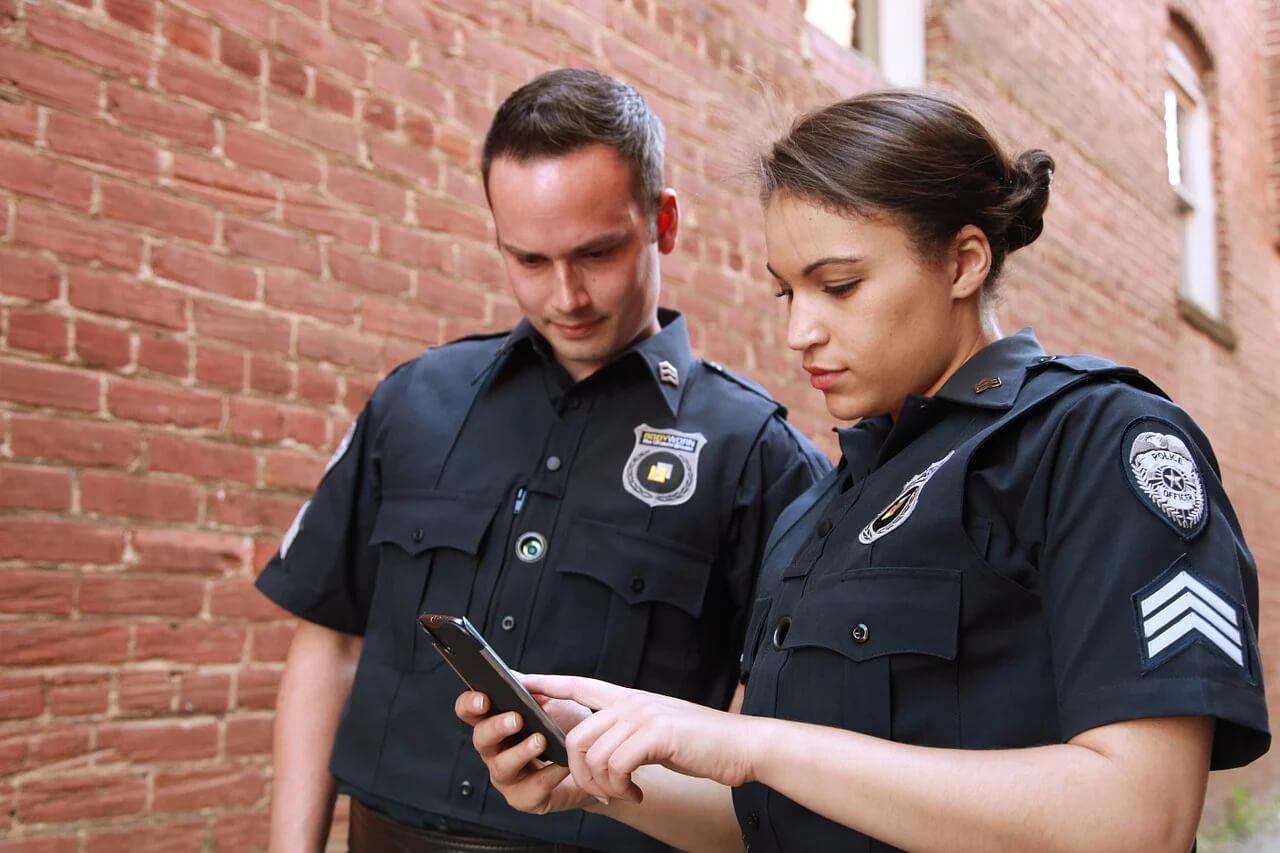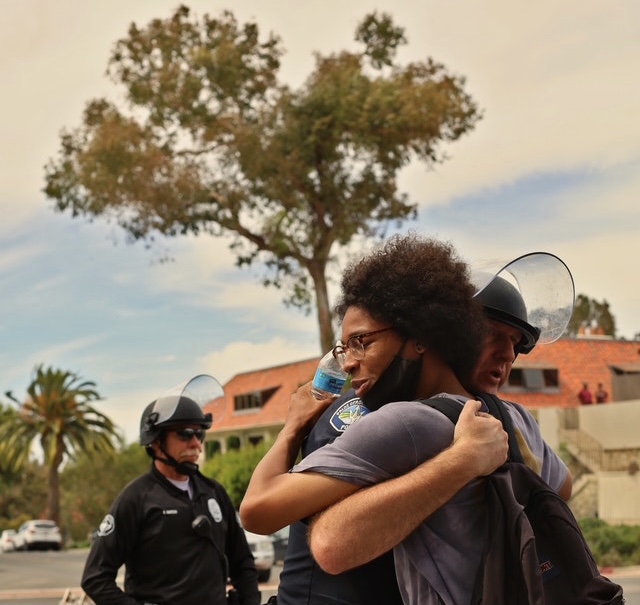Community policing is no longer a new concept. In fact, its principles can be tracked down to the oldest traditions of law enforcement. What makes it sound novel is the fact that many police departments are still not religiously implementing it; hence when new related programs are introduced, people seem to find it surprisingly innovative.
Many police departments still find community policing as a flawed approach and an expensive attempt to make better public relations. But just as the proponents of community police emphasized – and many individuals fail to see – if implemented and directly properly, this can truly help build trust and change partnerships between the police and the members of the community.
What Community Policing Strategies Can Police Departments Utilize?
We have to admit that community policing is a complicated and multifaceted process. But when this does not mean that it’s undoable. Here we have gathered 10 Community Policing Strategies that your Police Department can use in order to build trust, respect, and collaboration in the community.
1. Encourage Community Volunteers
Welcoming community volunteers in the police departments can perfectly help in establishing good relations. Sometimes, people tend to construct negative images of the police because they don’t have any idea what law enforcers are actually working on.
Encouraging volunteers to take part in community policing builds transparency and also help supplement officers and civilian personnel in many ways.
2. Community Education
To advance community policing, many police departments have successfully implemented community education as an effective strategy to inform people about crime-prevention techniques and police responsibilities and efforts. This has help community members become better partners in the reduction and prevention of delinquencies.
3. Initiate Neighborhood Watch
Neighborhood Watch is another strategy that police departments can adopt in order to maintain public safety. Members of the neighborhood watch can receive direct training from law enforcers on how to organize a particular area in the community and come up with methods to better communicate with their neighbors while working together with the police.
4. Attend Community Meetings
Want to get to know more about your community? Then attend community meetings and actively participate with all the stakeholders. This way, the police representatives can directly communicate, help solve issues and facilitate a positive and collaborative relationship with the people.
5. Train and cross-train Officers
Police department heads need to acknowledge the fact that there is really a need for additional training or cross-training among many officers. And this does not make the department any less. Knowing the areas for improvement helps in addressing ahead problems that may become more complex in the future.
6. Program and Resource Development
By far, Program and Resources are one of the most popular strategies when it comes to organizational development. There are really times when resources within the community get sparse – and so, the police department is called to identify the concern and thereby address, through a coordinated and well-developed program.
7. Consistent Supervision
All these community policing strategies can only become effective when supervision is done consistently by police heads. With this strategy, patrol police and supervisors can collaborate more closely – as department heads are now functioning as mentors, motivators, and facilitators. Through this, law enforcers can better respond to a wide variety of service demands.
8. Setting Realistic Expectations
While most police departments are eager to see immediate results, one of the first things that they have to do is to set realistic goals. Community policing is not a quick fix; rather, it entails long-term commitment. Therefore, before implementing other strategies, it’s best to identify and classify goals first so as not to get overwhelmed with expectations.
9. Youth Engagement
Another great community policing strategy that can be implemented by the police department is to create programs that would engage the youth and their families. These programs may center on how the youth can collaborate with law enforcers – and can be done through activities like Police Explorers, Citizen Policies Academy, Police Athletic Leagues, and many others.
10. Participate in Community Surveys
Last but definitely one of the best community policing strategies that can be used by police departments is directly asked input from community members with the community policing efforts: through performance evaluation. This can be done through surveys that reflect the department and community’s needs – not standardized assessments.
Many police departments have opted to adopt this strategy by maximizing the applications and software available online, like Officer Survey, to get real-time feedback and data-driven analysis that will really help address issues and immediate concerns of the community.
The implementation of community policing necessitates strategies to better engage the community members and further improve the police department. Sometimes, it would require fundamental changes in the structure and even deviate from traditional ways of policing. It’s challenging. But when totally possible to achieve.







